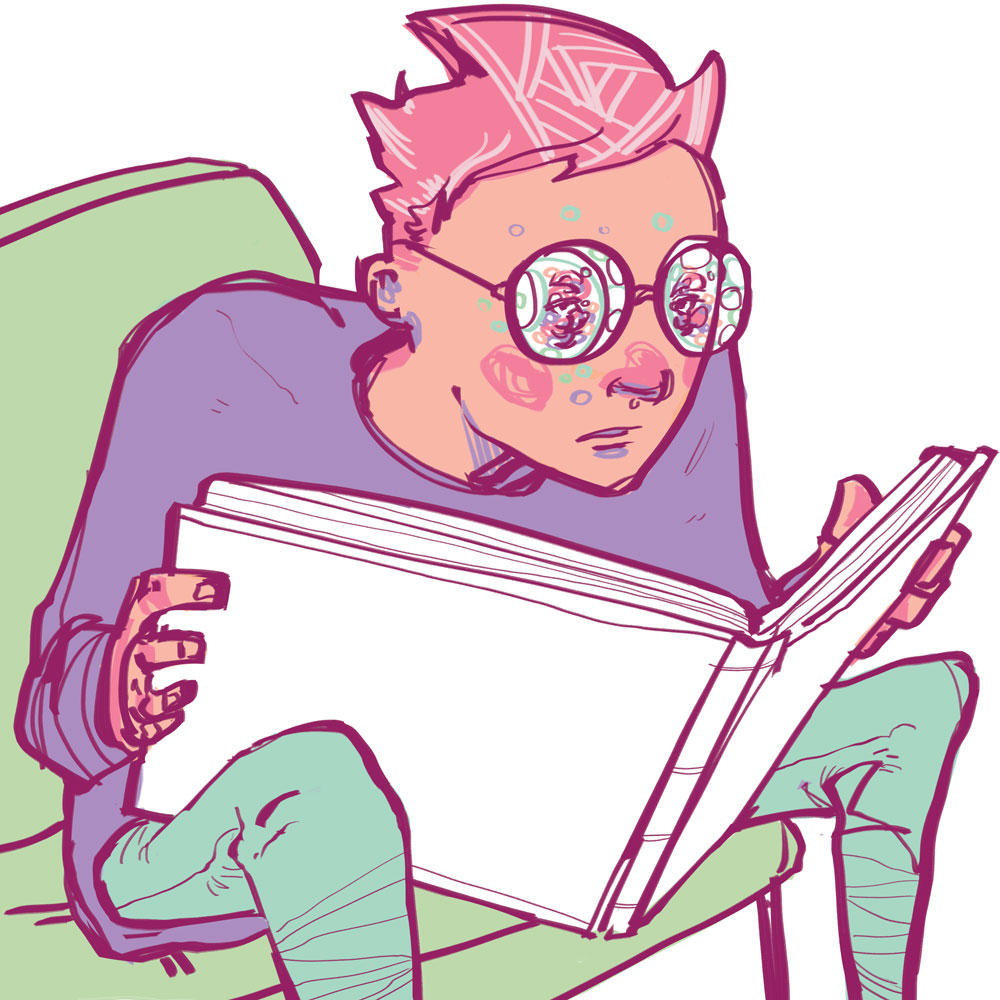Researchers may be closer to understanding why there appears to be an increase of myopia around the world, and it is not entirely related to genetics.
Myopia is nearsightedness due to the elongation of the eyeball.
In recent studies, it was found that the level of education and the occurrence of myopia were strongly associated. For children in East Asia, more pressure may be placed on them to perform better academically, leading to more time being spent studying. This increased time spent studying may result in more close range reading, influencing eye development.
This theory is supported by statistical data of the occurrence of myopia over a few generations. Sixty years ago only 10 to 20 per cent of the Chinese population suffered from myopia, compared to today where up to 90 per cent of young adults are nearsighted. In the United States, 25 per cent of the population had myopia in 1971, compared to up to 41 per cent in 2004.
Additionally, more and more children and young people are using smartphones, computers, and tablets, creating similar conditions for the development of myopia.
The concept of nearsightedness being related to prolonged studying first emerged over 400 years ago when Johannes Kepler, a historically famous German astronomer and mathematician, blamed his excessive studying for his myopia.
Myopia severity is measured using diopters. Diopters are the units used in measuring the optical power of corrective eyewear.
Mild myopia is classified from being -0.25 to -3.00 diopters. Moderate myopia is -3.25 to -6.00 diopters and high myopia is anything below -6.00 diopters. Those with moderate to high myopia are at greater risk of other vision problems, such as cataracts, retinal detachment, and glaucoma.
Researchers have also found that time spent outdoors may help protect children from developing myopia. The studies are still being developed to thoroughly prove this hypothesis, but preliminary data suggests that, even if the time spent outdoors is spent reading, it has a protective effect.
It is not certain if this is related to lighting, or due to greater viewing distances.
The leading hypothesis is that light induces dopamine release in the retina, blocking the elongation of the eye. The eye produces retinal dopamine in a diurnal cycle, which may be disrupted by indoor lighting and causing irregular growth of the eye.
In China, experiments were conducted that had several randomly selected groups of Chinese students aged six to seven spend 40 minutes outdoors at the end of the day over a period of three years. Control groups were also randomly selected. The experiment involved over 900 children in Guangzhou.
The result of the experiment showed that 30 per cent of children in the group that spent time outdoors developed myopia by the end of the study, compared to 40 per cent of the children in the control group.
Further studies to investigate this relationship are currently being planned; future experiments may involve teaching children in glass classrooms to study the effect it has on myopia development.
Other methods to slow down the development of myopia include eye drop medication or artificial light therapy. However, some of the researchers involved in this study believe that encouraging children to spend more time outdoors may have other benefits beyond protecting their eyesight, including lowering the risk of obesity since they would also most likely be more active.


